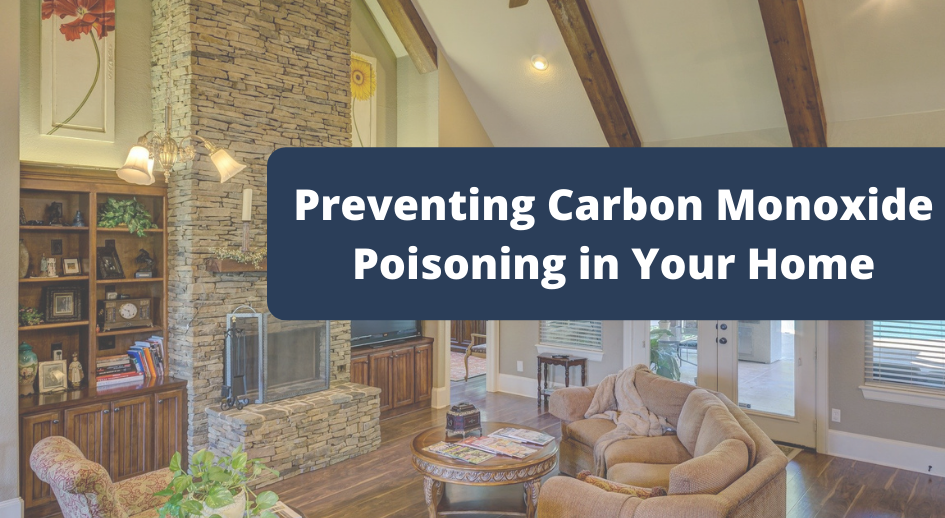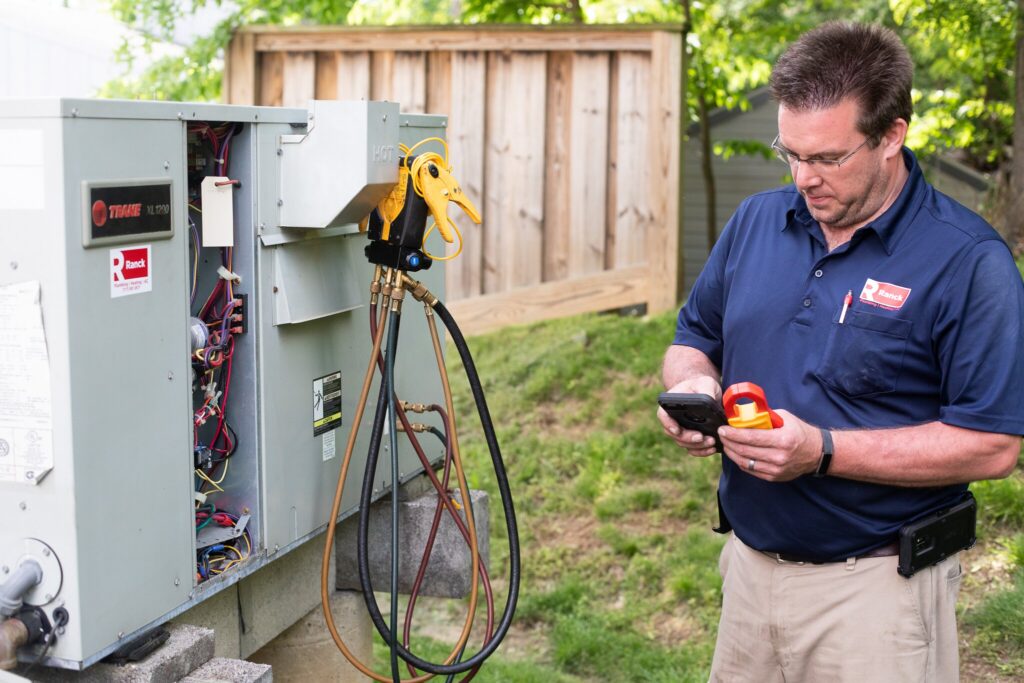
Preventing Carbon Monoxide Poisoning in Your Home
You probably do a wide assortment of things to keep your abode safe for everyone who lives in it. Installing a home security system and regularly checking your smoke detector are two examples of preventive measures. But what if the threat is something you can’t see, taste or smell?
Carbon monoxide (CO) gas falls into that category, and poisoning is a genuine concern. Fortunately, it’s within your power to prevent it.
What Is Carbon Monoxide Poisoning?
Carbon monoxide poisoning happens due to a buildup of the gas in your bloodstream. As you breathe in carbon monoxide, your body starts replacing the oxygen in your red blood cells with it, leading to possible organ damage and death.
According to the U.S. Centers for Disease Control and Prevention (CDC), symptoms of this kind of poisoning include:
- Headache
- Weakness
- Dizziness
- Upset stomach
- Vomiting
- Confusion
- Chest discomfort
If you suspect carbon monoxide poisoning at your residence, immediately go outside for fresh air. Call the fire department while you’re there.
How Does Carbon Monoxide Poisoning Happen?
Carbon monoxide gas gets produced when materials burn. These are some of the things that could cause carbon monoxide poisoning:
- Gas or wood-burning fireplaces
- Water heaters
- Furnaces or boilers
- Generators
Carbon monoxide poisoning can also affect a household if someone leaves a vehicle running in a closed garage. Using a generator during a power outage and not keeping the equipment far enough from the house can also introduce carbon monoxide.
Tips to Avoid Carbon Monoxide Poisoning
Carbon monoxide causes more than 500 deaths in the United States each year. An easy thing you can do to protect your family is to install a low-level carbon monoxide tester.
Average CO levels in homes without gas stoves vary from 0.5 to 5 parts per million (ppm). A normal range near a properly adjusted gas stove is 5 to 15 ppm, and the concentration could surpass 30 ppm close to malfunctioning gas stoves.
Consider placing carbon monoxide detectors near bedrooms. Then, sleeping people will wake quickly when they hear the high-level alerts.
When using a generator outside, position it away from vents or other openings that could bring CO gas into your home. Also, keep your chimney free from blockages to facilitate adequate ventilation.
Your Trusted Partner for Preventing Carbon Monoxide Poisoning in Your Home
Ranck Plumbing, Heating & Air Conditioning provides first-class service to homes and businesses throughout Southeastern Pennsylvania. We sell a low-level carbon monoxide detector that sounds when levels exceed 25 ppm. Most models sold at hardware stores only give warnings for ppm levels above 70. Our more-sensitive option is available for $125.00 plus shipping.
If you’re worried about a possible CO leak in your home, we can send a technician to isolate its source. They’ll also bring a low-level tester to install during the visit.
Scheduling regular service and inspections for your heating system will ensure your heating equipment will not cause carbon monoxide poisoning in your home. If you think you may have a gas leak from your heater, you should call emergency services and schedule an HVAC service as soon as possible. You can depend on our technicians to carry out regular servicing professionally, and we install new products too. Contact us today to learn more about how our team can help keep your family safe.
